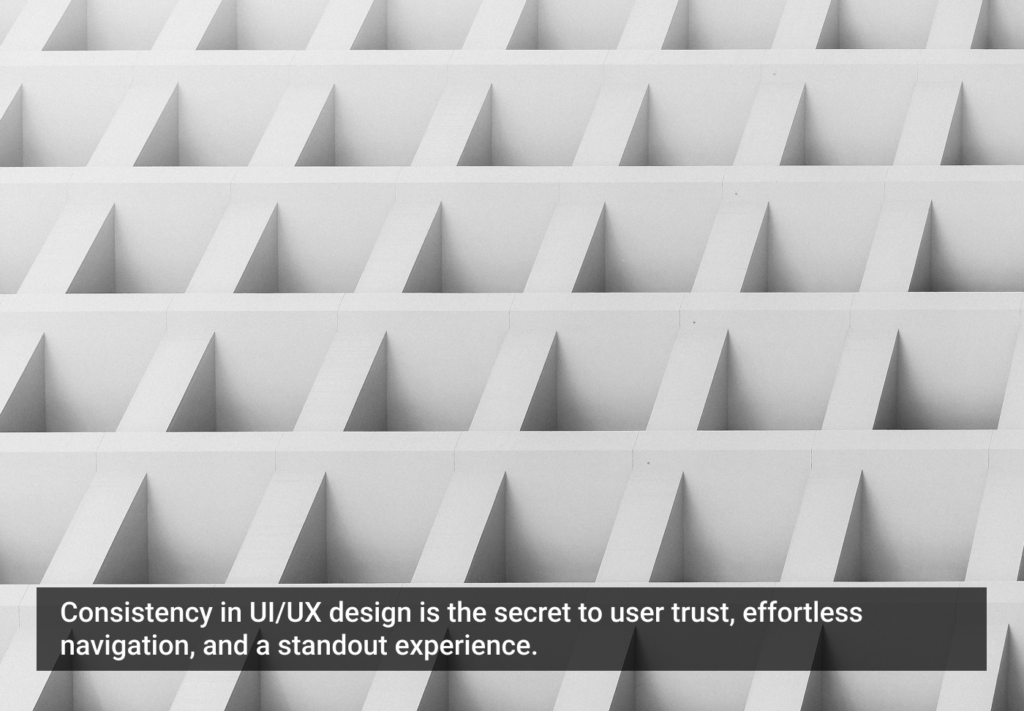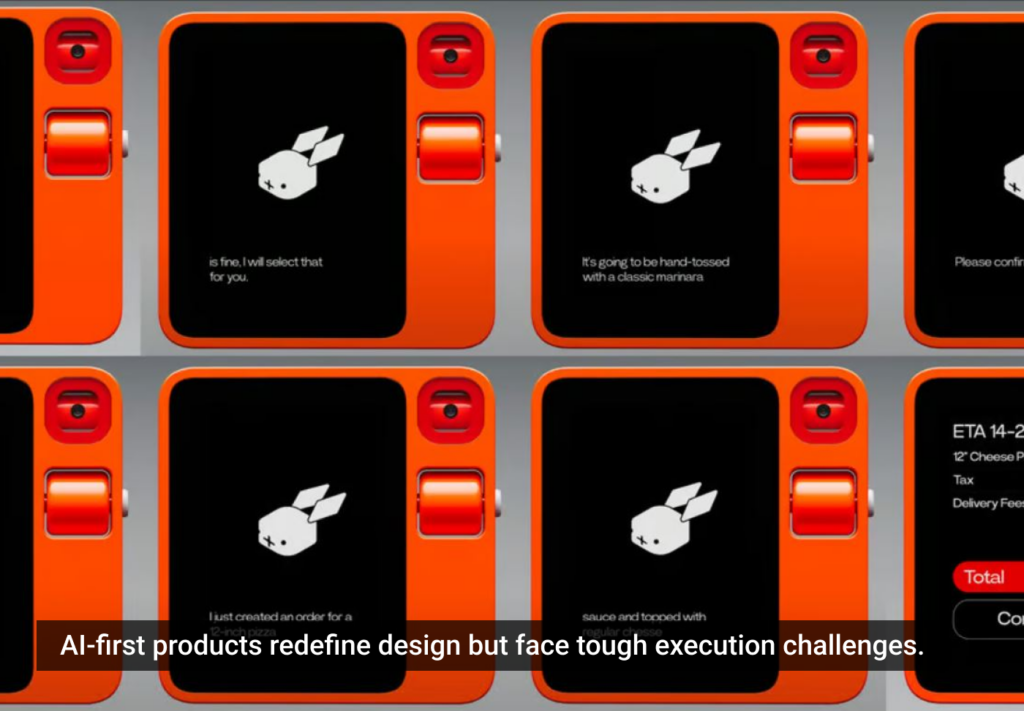Students often think of college as the pinnacle of their educational process.
Sometimes the impression is made that by graduating college, we’ll have it made for the rest of our lives.
A truth that becomes more clear once we move past our higher education is that what we’ve learned is often theoretical and difficult to apply in practical terms.
Things that Drive Us Crazy are Learning Opportunities
Bill Gates once said, “Your most unhappy customers are your greatest source of learning.” If this is true, then it is also true that the products that make us most unhappy are an opportunity to learn and grow.
For example, pesky knobs on a stove with no clear relationship to their related burners’ locations. Or an automotive fuel light that gives no indication as to much farther you can drive with the fuel left in our tank. A GPS system that advises us to turn left on a street where traffic signs clearly state that no left turns are permitted.
Each negative experience in life offers us an opportunity to reconsider our daily tasks and processes and find new solutions to common problems that we all-too-frequently and begrudgingly accept as part and parcel of modern life.
Inversely, of course, good product experiences can teach us how to do things better in our own work. Apple’s iOS interface design and user experience have proven so popular and familiar to consumers that their conventions are now being integrated back into their OS X desktop operating system, and Mac desktop and laptop hardware.
A company called Tactus is now developing an incredible touchscreen technology that lets buttons to literally spring from a completely flat touch surface allowing the users real 3D buttons to use. When the buttons are no longer required, they withdraw back into the touch surface leaving a smooth flat touchscreen. Imagine how much better typing on your multi-touch device could be with their technology! By focusing on the usefulness and ease of what makes product experiences good, we can apply those broader teachings to our designs.
The Good, the Bad, and the Ugly
Questionable user experiences are all around us, offering real-world lessons on user experience just waiting to be noticed. Take the common TV remote control. It’s far too easy to get lost in that vast landscape of buttons and functions–many of which offer no immediate use to the consumer and rarely get used. Multiply this by the number of devices in a modern home entertainment center, and it’s a much larger problem, across several remotes, all using different layouts and terminology.
Now, consider the universal remote-an early attempt to solve this problem. A single remote that allows a casual user to control almost any entertainment device in their living room sounds like a fantastic idea. Yet, the shine fades quickly when a consumer tries to set up a universal remote.
Each negative experience in life offers us an opportunity to … find new solutions to common problems
This process usually begins with the frustration of trying a long list of device codes by holding down button combinations or pressing sequences at exactly the right time-for each device. Although the promise of a universal remote is vast, the difficulty of setting one up is often an insurmountable barrier for the consumer.
However, a small investment in the real-world usability of this system could make the experience dramatically simpler. For example, why not have the remote sync with the device via Bluetooth using an adaptive control system? This would certainly save the user from having to manually cycle through control configurations or search for vendor codes.
Although negative experiences can be more obvious to a user experience professional in practice, we can also learn quite a bit from experiences that are designed well. When a car gets into an accident, many things can be done to increase survival and lower injury.
Volkswagen responded with their Intelligent Crash Response System–which, in the event of an accident, will unlock doors, turn off the fuel pump to minimize risk of fire and explosion, and activate the car’s hazard lights automatically to warn other drivers and help emergency crews quickly find the vehicle, if necessary.
The engineers at VW reviewed the overwhelming data available on their automobile accident and safety records, alongside safety best practices that could help car crash victims and applied them toward creating a solution that you’ll hopefully never need to rely on. (But if you do, you’ll be glad they took the time.)
Bringing it All Together
So how does the practice of applying our real-world experiences help a UX designer continue learning? By leveraging the spirit of good and bad experiences in your professional realm, and not overlooking the minor day-to-day annoyances that can collectively inform and educate us.
No one will want to use a universal remote that’s too hard to set up. By the same token, a particular website feature may sound amazing to a visitor, but if they’re not able to understand or complete the site’s account creation process, they’ll never be able to realize that value. As with Volkswagen’s automotive crash response system, we should also be proactive in anticipating users’ future needs, and using all of the technology available to us to satisfy them.
By turning the pains and pleasures of the world around us into learning experiences, we can inform our craft. Sure, poor designs and awkward interfaces can drive us crazy, but when we examine why they drive us crazy, find a solution, and apply that solution in a way that’s comfortable and natural, we all become graduates of this UX University of Life.
Adopting this mentality until it becomes second nature transforms the “bad” experiences we encounter into new master classes in usability. And perhaps that’s not so “bad,” after all.
Image of graduation caps courtesy Shutterstock







